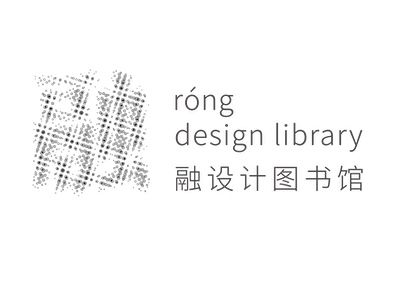中EN
address | Dongwu Hall, Qingshancun, Huanghu, Yuhang, Hangzhou
phone | +86 571 85850202 email | info@ronglibrary.com
© 2023 róng design library. All Rights Reserved. 浙ICP备17028431号-2
Not Found
address | Dongwu Hall, Qingshancun, Huanghu, Yuhang, Hangzhou
phone | +86 571 85850202 email | info@ronglibrary.com
© 2023 róng design library. All Rights Reserved. 浙ICP备17028431号-2
